The recently released Bluetooth 5.1 specification builds in an efficient way of zeroing in on the location of BLE transmitters and receivers.
Mark de Clercq, Dialog Semiconductor
The newest version of the Bluetooth communication standard emerged in January. The most noteworthy feature of Bluetooth 5.1 is an efficient way of discerning the direction of Bluetooth transmitters and receivers. The spec also introduces other advances aimed at speeding communications and boosting energy efficiency.
Makers of Bluetooth ICs have already released hardware that bakes in the features of the new 5.0 spec. Here’s a rundown of the changes Bluetooth 5.1 brings to the table, along with an example of how one supplier has begun applying it.
Bluetooth receivers have used signal strength to estimate distances to Bluetooth transmitters. The 5.1 spec provides two more precise methods for pinpointing locations at the expense of using multiple transmit/receive antennae. To implement the
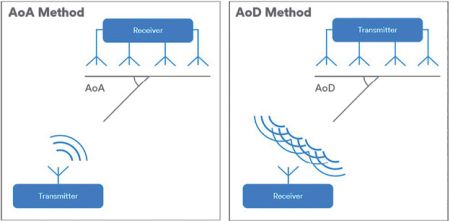
Angle of Arrival (AoA) method, the receiver must have at least two antennae (at a minimum spacing of 6.2 cm) while the transmitter can have one. With AoA, the receiver uses its multiple received signals to deduce the angle of the source. Similarly, the Angle of Departure (AoD) method requires a transmitter with at least two antennae. The receiving device, which can have a single antenna, picks up multiple signals and derives the source’s angle.
One point to note: The range of devices following the 5.1 spec is the same as those of earlier versions. But the accuracy of locating Bluetooth sources using just signal strength falls off severely when obstacles are in the line of sight. The ability to triangulate will likely usher in capabilities such as real-time locating systems and indoor positioning systems.
The direction-finding features use in-phase and quadrature (IQ) sampling to measure the phase of RF that an antenna receives. In AoA, the sampling process is applied to each antenna in the array, one at a time and in a sequence set by the design of the array. Sampled data is passed up the Bluetooth protocol stack via the Host Controller Interface (HCI), where an algorithm calculates the direction of one device from the other.
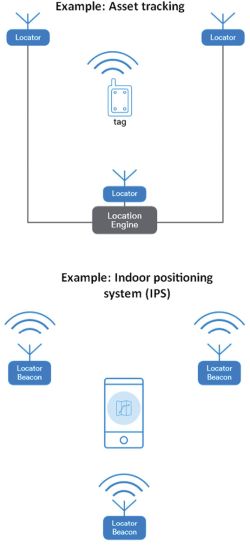
The details get to be a bit complicated. Certain parts of the Bluetooth protocol changed to support IQ sampling and the use of IQ samples by higher layers in the stack. For example, at the link layer, a new field called the Constant Tone Extension (CTE) provides a constant frequency and wavelength signal material against which IQ sampling can be performed.
The 5.1 spec also makes some enhancements to GATT, the Generic Attribute Profile, which defines how two BLE devices transfer data back and forth using concepts called services and characteristics. The enhancements are generally in the interest of better energy efficiency and faster handshaking between Bluetooth devices. But some of them are in preparation for future enhancements in the works for upcoming spec releases.
Fundamentally, the 5.1 spec defines how BLE clients can skip service discovery on devices where nothing has changed since the last time the two devices communicated. A client may now deduce that a device to which it is connecting is the same type as a previous connection and with an attribute table. If certain details are the same, the client may skip parts of the connection protocol because it already has the data it needs.
The classic example of where this might come in handy is Bluetooth smart locks, where a smartphone opens the door as its owner approaches. Service discovery needs only occur the first time the user opens the smart lock. The user may notice a delay in the door unlocking the first time through, but they will experience a nearly instantaneous response from then on.
Advanced architectures
The new features that Bluetooth 5.1 incorporates put an additional computational load on Bluetooth controllers. Certain architectural features come in handy when handling the extra work. For example, the process of triangulation can employ sophisticated algorithms. So architectural features that include digital signal processing and large memory are helpful.
Additionally, because triangulation involves signals from multiple antennas, Bluetooth controllers must incorporate a means of handling the multiple RF signals involved. Because the market for single-antenna Bluetooth remains large, controllers implementing the 5.1 standard may handle the need for multiple RF paths by including architectural features for rapidly manipulating an external RF switch, rather than including the switch on the Bluetooth controller IC itself.
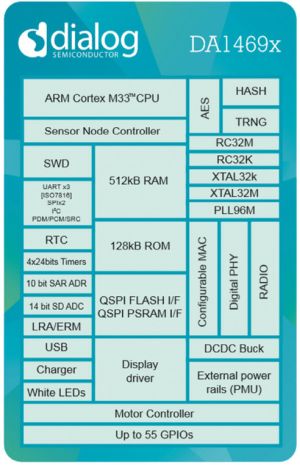
An example of a Bluetooth 5.1 controller chip family is the Dialog SmartBond DA1469x family. It is the first wireless multi-core MCU in production based on the ARM Cortex M33 processor. This processor features digital signal processing and floating-point capabilities that aid in triangulation computations. Additionally, these processors have I/O that let them control an external RF switch with a high degree of precision to implement AoA and AoD location. Handling AoA and AoD with an external RF switch, rather than a switch integrated on the Bluetooth chip, keeps down the costs of single-antenna Bluetooth apps.
Additionally, the memories on DA1469x devices are expandable, useful for handling complex applications while keeping costs down for more basic uses.
Because it is often advantageous to limit power dissipation in Bluetooth applications, DA1469x chips incorporate a power management function wherein chip sections are only active when needed. For example, the chip would power up only the portion of the circuit handling the radio and simple Bluetooth functions when applications don’t involve direction-finding. The full Cortex M33 processor would come to life for tasks demanding AoA or AoD.
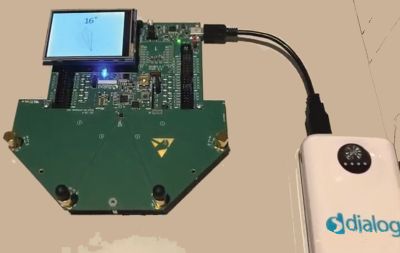
Another point to note about DA1469x chips is that AoA and AoD functions are available to programmers via APIs. This eliminates the need for detailed knowledge of handling raw AoA/AoD data.
Several other features on DA1469x ICs don’t specifically relate to AoA/AoD functions but are helpful for modern IoT needs. These features include a haptic feedback driver, a step motor driver (aimed at handling analog clock movements in hybrid analog/digital clocks), an LCD driver, a high-accuracy ADC for reading sensors, and other specialized analog blocks. Finally, some versions of the IC include built-in charging facilities for lithium-ion and lithium-polymer batteries.
All in all, Bluetooth 5.1 ushers in a number of functions that will better track both people and objects while adding to the user experience.
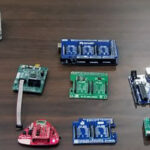
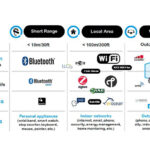
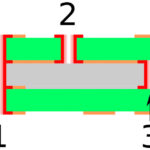
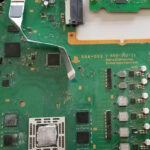
Leave a Reply